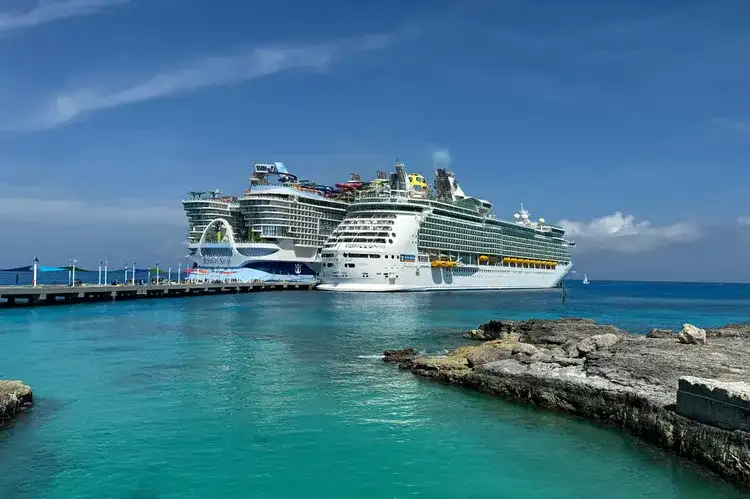The Philippines is preparing to launch a brand new digital nomad visa, offering remote workers a chance to live and work from this tropical island nation for up to a year — with the option to renew. Known for its affordable cost of living, scenic coastlines, and thriving cities, the Philippines is quickly becoming a top pick for digital nomads seeking sun, sea, and a vibrant culture.
Though no official start date has been confirmed, government officials have indicated that the visa program will be available soon. The new scheme will allow eligible remote workers to stay in the Philippines for 12 months, with the possibility to extend their stay through renewals. Requirements include proof of sufficient income, valid health insurance, and a clean criminal record. Importantly, applicants cannot work for Philippine-based companies — only foreign employment is allowed — and the visa is restricted to citizens of countries that have reciprocal visa agreements with the Philippines.
This move positions the Philippines alongside other Asian nations — like South Korea, Thailand, Malaysia, and Indonesia — that have already introduced digital nomad visas. While Japan and Taiwan offer more limited options, the Philippines stands out for its combination of English-language accessibility, a relatively low cost of living, and an appealing mix of modern urban centers and stunning beaches.
“Allowing digital nomads the opportunity to stay longer in the country will spur tourism activities and increase visitor spending,” said Christina Frasco, the country’s tourism secretary. She also highlighted that remote workers can help balance out seasonal fluctuations in visitor numbers and bring fresh cultural perspectives to host communities.
The Philippines is hoping this initiative will help boost tourism numbers, which remain below pre-pandemic levels. Part of the decline has been linked to the temporary suspension of e-visas for Chinese visitors. By targeting the global community of remote workers, the government aims to bring new life to the tourism sector.
The Department of Foreign Affairs, Bureau of Immigration, Department of Tourism, and Bureau of Internal Revenue are all working together to roll out the digital nomad visa program in the near future.








